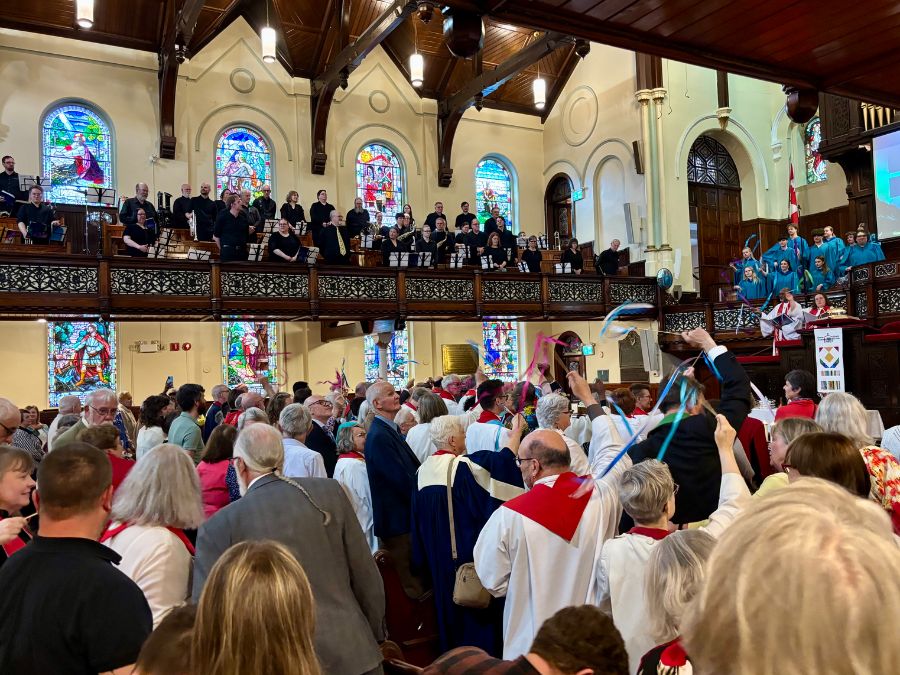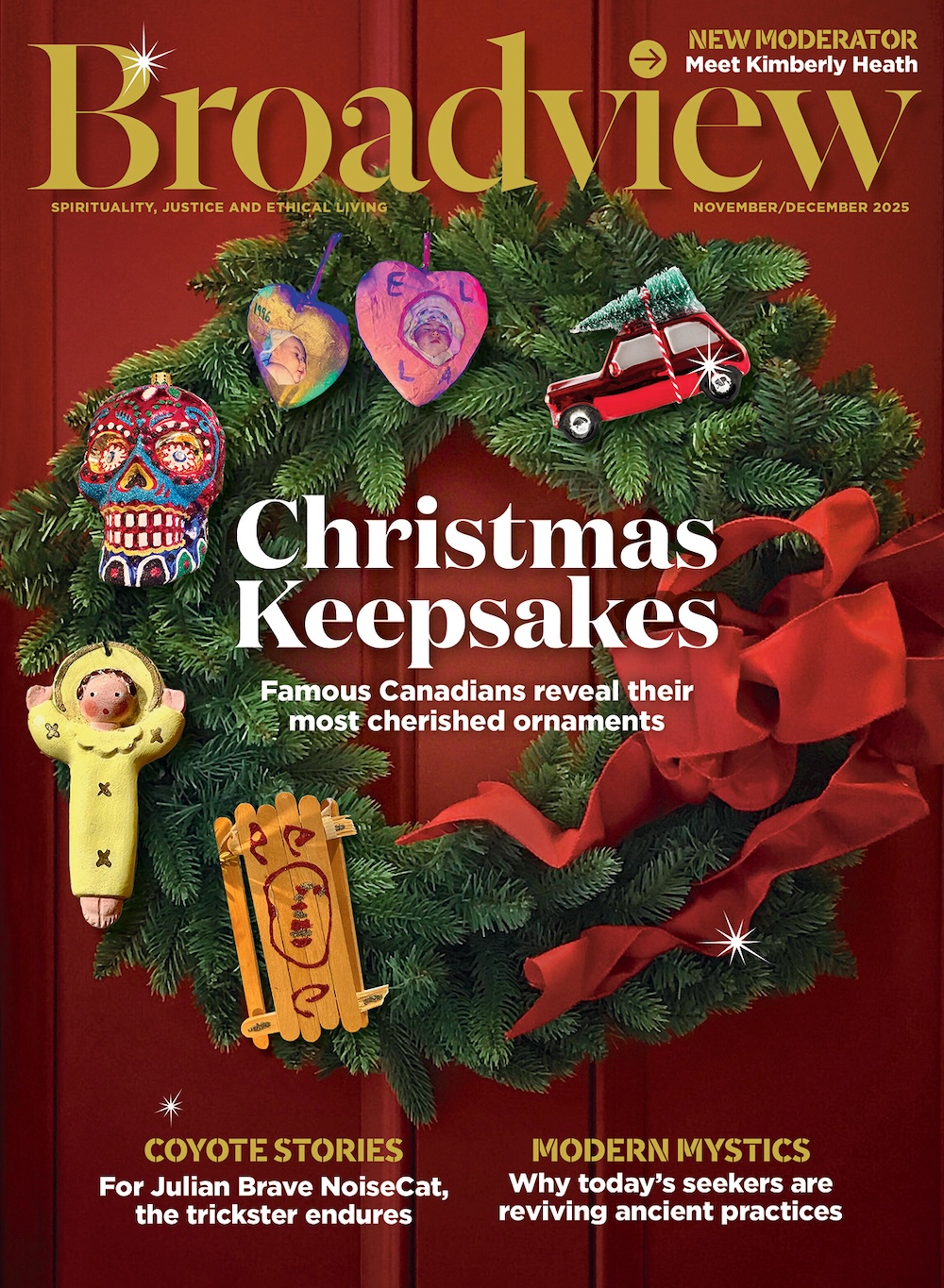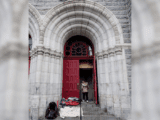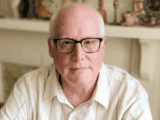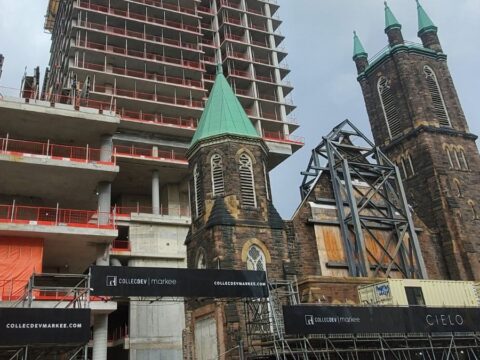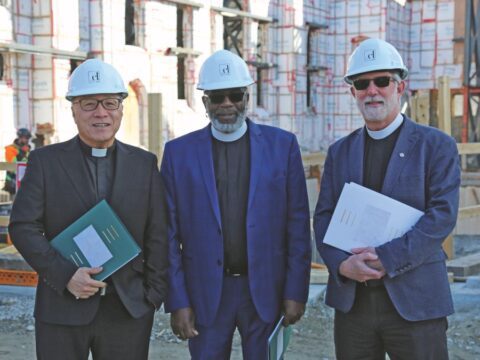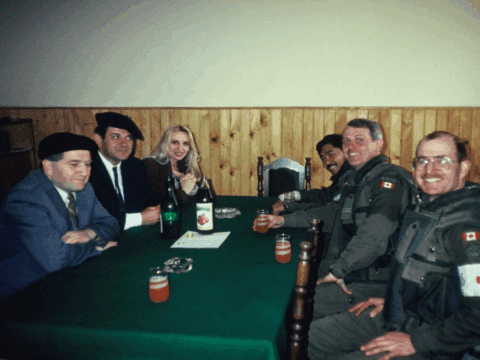Sunday, June 8 was rainy after an usually sunny week in St. John’s, N.L.; locals semi-affectionately refer to this month as “June-uary.” But the skies cleared shortly before the start of Gower Street United’s special evening service for The United Church of Canada’s centennial, allowing clergy attending from near and far to greet worshippers outside as they arrived.
This service celebrated the 100th anniversary of The United Church of Canada, which formed on June 10, 1925 through a union of Congregationalists, Methodists, most Presbyterians and the General Council of Local Union Churches. But it also honoured Newfoundland and Labrador’s important role in the denomination’s history as Methodism’s historic Canadian home. Sunday brought together clergy, choir members and worshippers from across the province and around the world.
You may unsubscribe from any of our newsletters at any time.
“At Gower Street United Church, our hearts leap with joy and they also swell with pride,” said Rev. Pamela Jones-Fitzgerald, the church’s minister, as she greeted the nearly full pews of the building’s main floor and balcony along with worshippers attending via livestream.
In a reflection on the increasingly multicultural makeup of Gower’s home province, the evening service included hymns and addresses in French, Swahili, Luganda, Spanish and Tagalog, along with English.
In his sermon, Rev. Jerry Pillay, the general secretary of the World Council of Churches, also nodded to a different kind of diversity, noting that the United Church initially formed through the coming together and reconciliation of disparate traditions. However, despite its varied roots, he added, The United Church of Canada now held an identity of its own rooted in progressive policies, forward thinking and “a legacy of bold prophetic witness.”
More on Broadview:
- Toronto church celebrates United Church centennial with 100-foot potluck picnic
- 3 centenarians on what a lifetime of faith has meant to them
- A hitchhiker’s guide to the future of The United Church of Canada
Sunday’s service also addressed the less proud parts of the denomination’s past, in particular, the harms done to Indigenous peoples. As one step toward its reconciliatory work with Indigenous communities, the United Church commissioned a Centennial Bible to hold inscriptions of the names of future moderators. This Bible is a ceremonial copy of the Mohawk Bible, to honour the United Church translators of the text, to acknowledge the church’s past failings and to symbolize its commitment to reconciliation and justice.
That vision for the future was reflected in the service’s theme, Northern Light, which was illustrated by the evening light coming through the church’s 50-plus stained-glass windows. The theme was also represented by the coloured ribbons that choir members, presiders, worship participants and others waved as they entered the church, and that worshippers themselves waved during the evening’s Time for All Ages.
In looking to the United Church’s next 100 years, the evening’s speakers called on worshippers to build on the denomination’s first century and to acknowledge the difficult times that both the church and the broader world face.
Amid challenges including declining enrollment and national and global strife, Pillay called on members to strengthen their communities and deepen their faith.
“The United Church of Canada has gone from an ecumenical experiment to a moral beacon for society, for Christians and for others,” Pillay said. “Keep the faith, nurture unstoppable hope and live in love.”
***
Terri Coles is a journalist in St. John’s.

